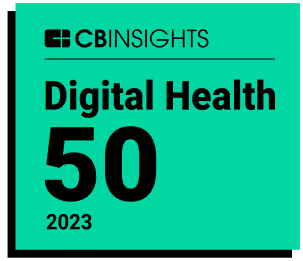The U.S. Centers for Medicare & Medicaid Services (CMS) has announced it will expedite risk adjustment data validation (RADV) audits on all Medicare Advantage (MA) contracts each year. This year will be an especially interesting one as the agency works through a seven-year backlog (2018 to 2024) to bring the program up to date. Notably, CMS will also be extrapolating findings of the expanded (but still relatively small) sampling they will perform for each contract.
These changes mark a turning point for MA plans: The old model of retrospective risk management is no longer sustainable. Proactive coding practices using smarter tools, including AI solutions, are essential for navigating this new reality.
As with most CMS initiatives, the implications are a mix of good, bad –– and a lot of unknown (or ugly). Let’s start with …
The good
The good: Bringing RADV audits up to date eliminates the prolonged uncertainty that health plans have long faced.
Previously, plans didn’t know when or even if they would be audited, burdening even the most adherent ones with financial and administrative uncertainty for years after a fiscal plan year closed. Now we can expect a normal pattern of annual audits during the following year.
As an actuary, I can say that having a consistent, known schedule is good for financial forecasting even if the results are imperfect. This allows executives, investors and researchers to get a timely and accurate picture of plan performance.
The bad
The bad is fairly obvious: With every contract being audited and findings extrapolated, the financial exposure will be far greater than in the past. Whereas in any given RADV audit, a health plan could expect a quarter or a third of its plans to be reviewed, now every contract will be. Not only does this create far greater financial exposure on the risk adjustment side, but the administrative burden also will increase accordingly.
Previously, only a fraction of plans faced audits, limiting exposure. Now, the financial and operational stakes are dramatically higher. This will be especially acute in 2025 and 2026, when seven years of data responses must be shared with CMS within a very tight window. Whether CMS can mobilize the resources required to meet its stated goal of completing these audits by early 2026 remains to be seen.
Read the rest of this article in Medical Economics.


%20(1).png)







.png)













